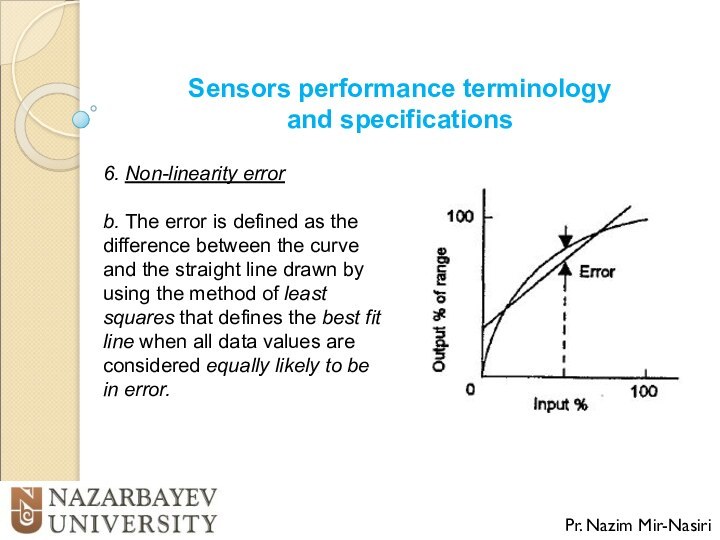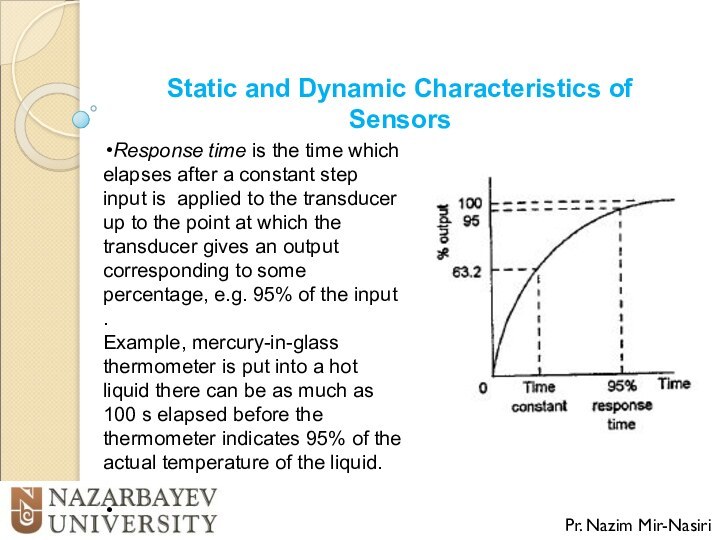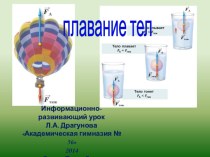Resolution.
When the input varies continuously over the range, the
output signals for some sensors may change in small steps.
The resolution is the smallest change in the input value that will produce an observable change in the output
Example, in wire-wound potentiometer the output going up in steps as the potentiometer slides mover from one wire turn to the next. The resolution of it can be specified, say, 0.5° or percentage of the full-scale deflection.
For a sensor giving a digital output the smallest change in output is 1 bit. The higher number of bits the better is the resolution, i.e. it is smaller. The sensor with data word of N bits digital or a total of 2N decimal, the resolution is 1/ 2N



















































